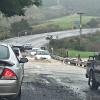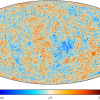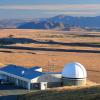Otago physicists’ prediction of gas “droplets” confirmed
Ground-breaking theoretical work by University of Otago physics researchers showing that under certain conditions gases can form into stable droplets – as liquids do – has now been confirmed experimentally by scientists in Germany.
Subject:












